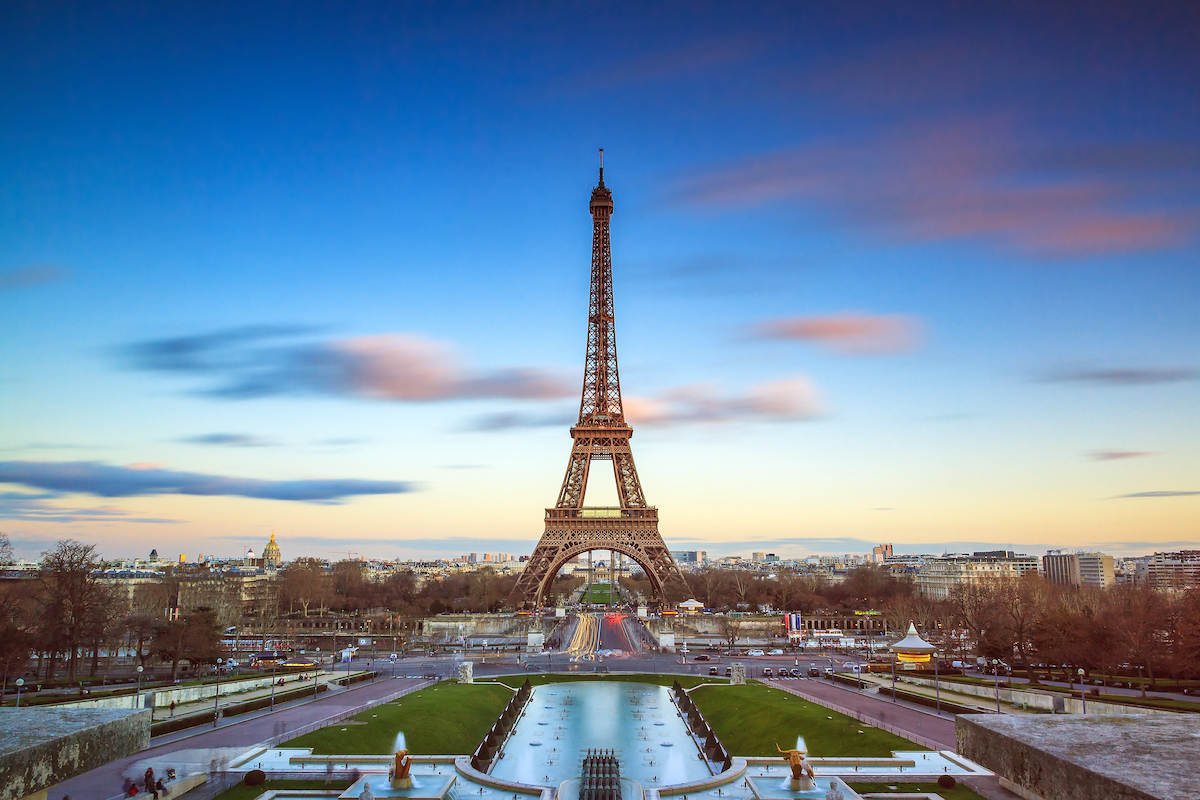This wonderful Cornish workshop and museum is dedicated to the legacy of studio pottery trailblazer Bernard Leach
The things you need to know about Gustav Eiffel and his amazing tower
The things you need to know about Gustav Eiffel and his amazing tower
8 Dec 2023
This month Paris marks the centenary of the death of Gustav Eiffel. Here are the key facts about this remarkable entrepreneur and his famous monument
 A view of the Eiffel Tower. Image: Shutterstock
A view of the Eiffel Tower. Image: Shutterstock
Who was Gustave Eiffel?
Alexandre Gustave Bönickhausen Eiffel was born on 15 December 1832 in Dijon. He was the son of François, a former hussar in Napoleon’s army, and Catherine, the force behind the family business in trading coal.
A graduate of the École Centrale des Arts et Manufactures, Eiffel swiftly became an exceptional engineer and notable entrepreneur. At just 25 he was in charge of the building of the Bordeaux bridge. He was also behind the creation of the Pest railway station in Hungary and the metal structure that made the Statue of Liberty. He loved bridges and invented a genius idea to create portable versions, sold across the globe in kits.
The Eiffel Tower (1899) was, literally, the pinnacle of his career.
Was his career all plain sailing?
Not entirely. His name was tinged with scandal.
In 1887 he was contracted to build the locks of the Panama Canal – a risky project with great financial gains.
But things went wrong.
The canal construction company ran into trouble and was liquidated. Eiffel, along with key figures, was indicted for fraud, fined and sentenced to two years in prison, despite blame not being settled on him. The ruling was later annulled, but not before Eiffel’s reputation received a sizeable dent. From then on he left engineering and focused on scientific research, particularly meteorology and aerodynamics.
A caricature of Gustav Eiffel and his tower, by Charles Gilbert-Martin, engraved by Forest Fleury. Image: Bridgeman Images
Why was the Eiffel Tower built?
What better way to mark the centenary of the French Revolution than with a ‘world exhibition’ – the Exposition Universelle? And such an event needed a landmark monument.
With Eiffel in charge, 50 engineers and designers created 5,300 drawings. Some 150 to 300 labourers worked on site, completing the tower in two years, two months and five days. It was made from puddle iron: a material with almost infinite longevity, as long as you paint it regularly (every seven years, with 60 tons of paint).
The tower was inaugurated on 31 March 1889, and Eiffel climbed all 1,710 steps to raise the French flag at the top. He was justifiably proud of his soaring masterpiece, which, curiously, was only meant to last 20 years. At 1,024 feet, it was the tallest building in the world. Today, with added antennae, it is 1,083 feet.
Was it an instant success?
Yes and no. People flocked to see it, with some 12,000 visitors a day. Yet it had detractors. There were vehement protests at its building, not least from the arts world.
In an open letter, key figures wrote: ‘We, writers, painters, sculptors, architects and passionate devotees of the hitherto untouched beauty of Paris, protest with all our
strength…in the name of slighted French taste, in the name of art and of French history threatened, against the erection…of the useless and monstrous Eiffel Tower.’
Eiffel was elegant in response: ‘Why would that which is admirable in Egypt become hideous and ridiculous in Paris?’ he countered.
History, of course, has proven those critics wrong. From Chagall to Seurat, Dufy to Cocteau, Piaf to Garbo, artists have found the tower an irresistible inspiration. A recent theory has even suggested Vincent van Gogh’s swirling cypresses in The Starry Night had the tower as their genesis.
What’s the close of this story?
Eiffel died, aged 91, on 27 December 1923 at home in Paris. During his lifetime he had five children with his wife, Marguerite. Today, his descendants, some 70 in number, keep his story alive through the Association des Descendants de Gustave Eiffel. And the tower is now visited by some six million people a year.
Find out more
For more on Eiffel and his tower, go to gustaveeiffel.com/en and toureiffel.paris
Explore an art story such as this every month with our free ‘Instant Expert’ email; sign up at
About the Author
Sue Herdman
is an arts and culture writer and Editor of The Arts Society Magazine
JOIN OUR MAILING LIST
Become an instant expert!
Find out more about the arts by becoming a Supporter of The Arts Society.
For just £20 a year you will receive invitations to exclusive member events and courses, special offers and concessions, our regular newsletter and our beautiful arts magazine, full of news, views, events and artist profiles.
FIND YOUR NEAREST SOCIETY
MORE FEATURES
Ever wanted to write a crime novel? As Britain’s annual crime writing festival opens, we uncover some top leads
It’s just 10 days until the Summer Olympic Games open in Paris. To mark the moment, Simon Inglis reveals how art and design play a key part in this, the world’s most spectacular multi-sport competition



